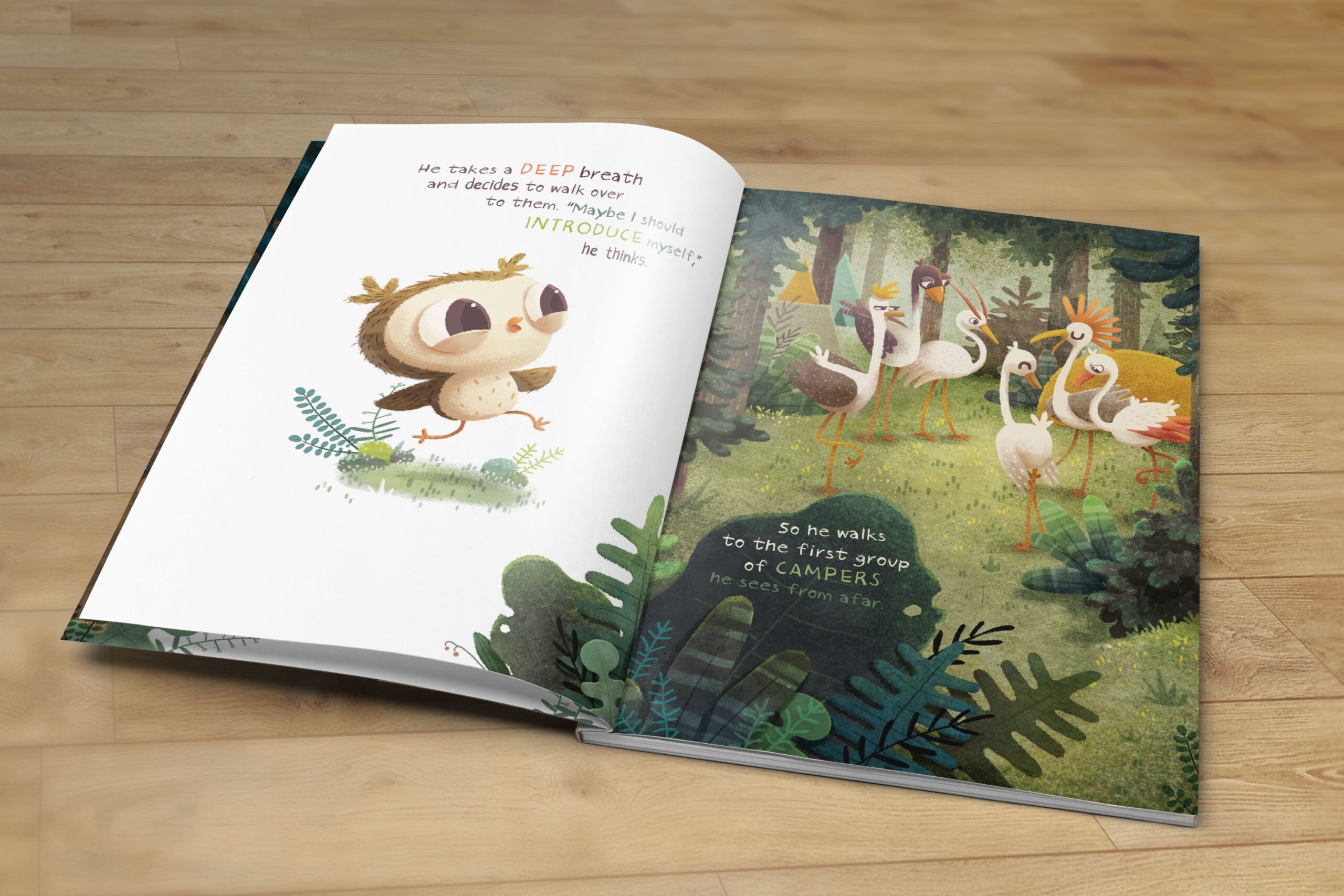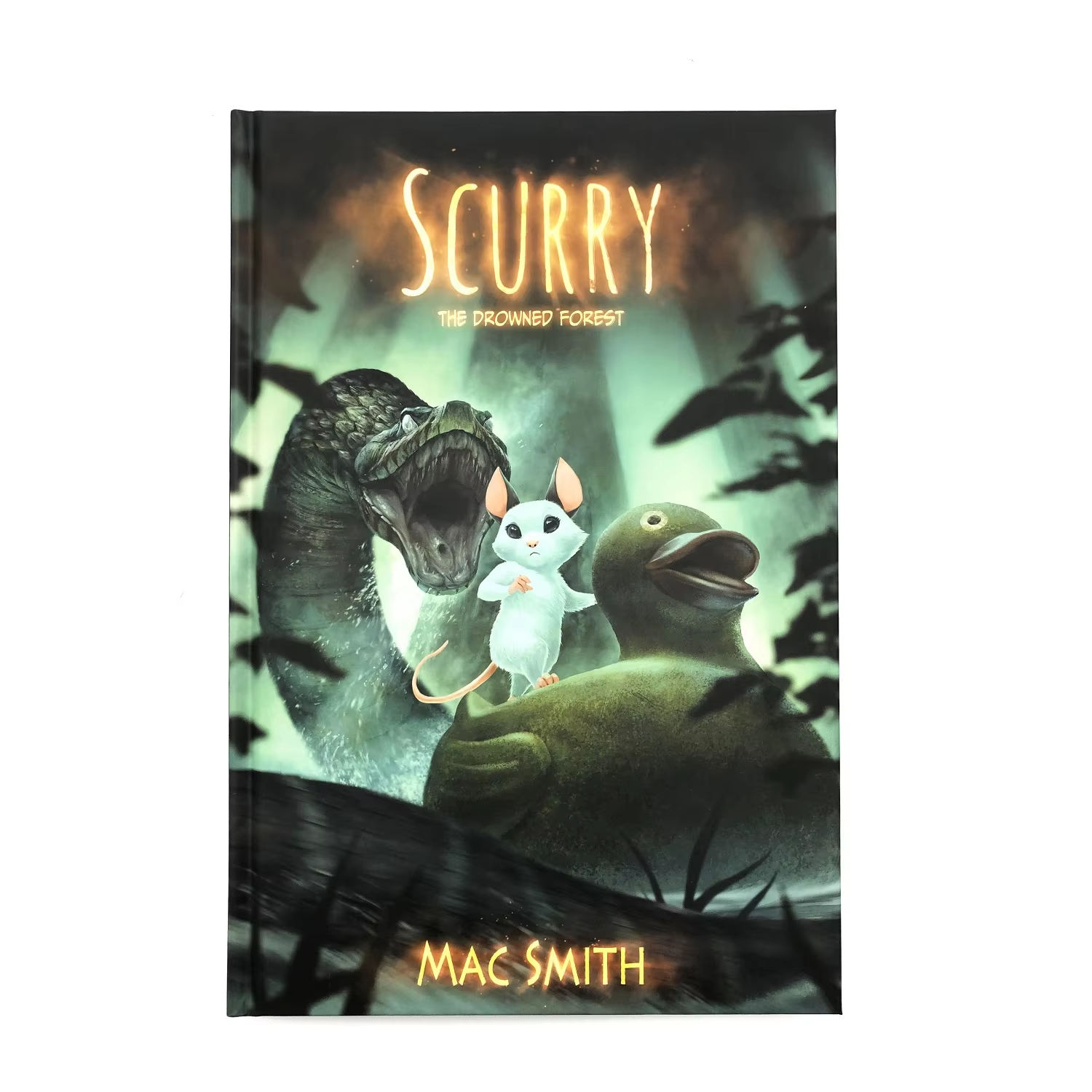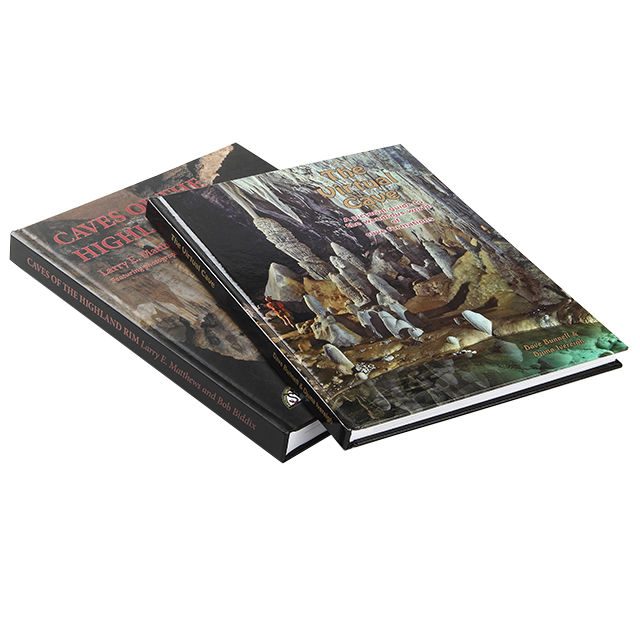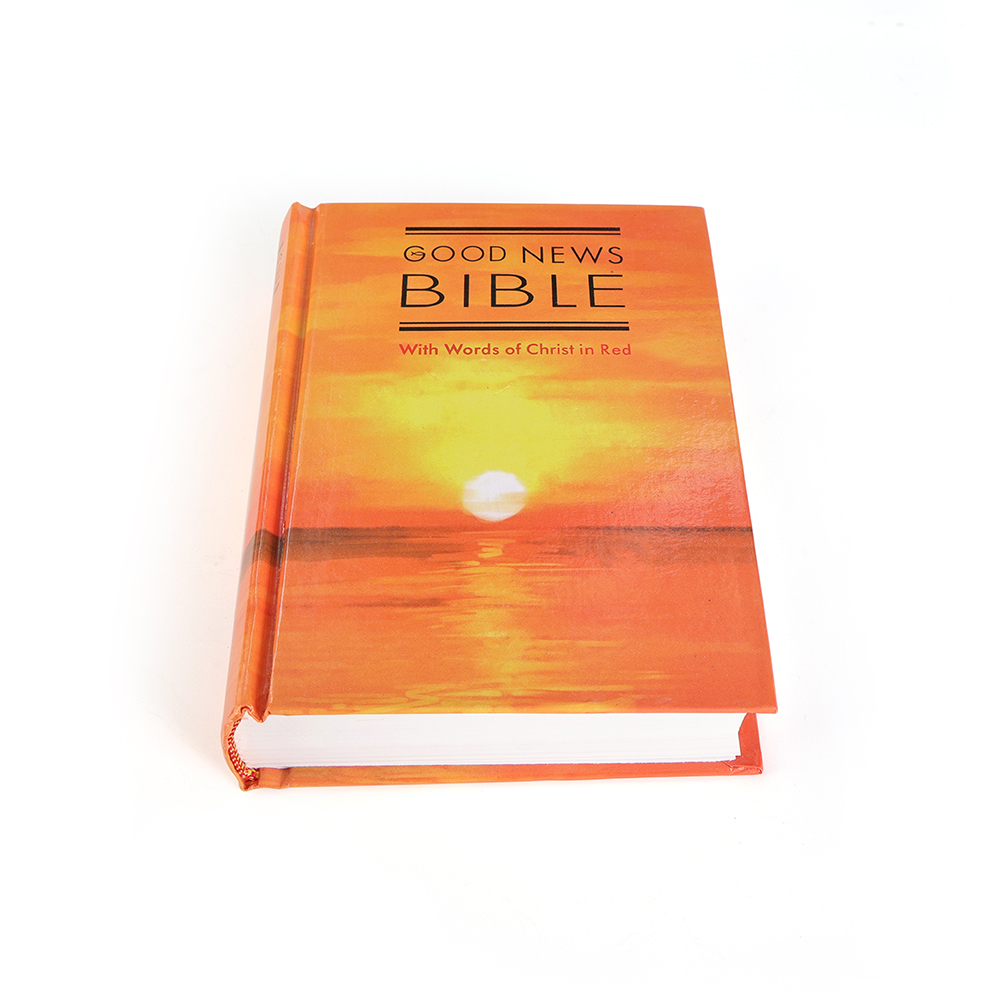Sut i Ddewis y Ffatri Argraffu Llyfrau Personol Orau yn Tsieina
When it comes to printing picture books, the paper quality plays a pivotal role in the final result. The right paper choice enhances the visual appeal of your illustrations, ensuring vibrant colors and sharp details, while also offering the best reading experience. In this article, we’ll explore the ideal paper types for picture books, focusing on coated paper, its types (gloss and silk), and their specific benefits in different book designs. Whether you’re publishing a book that’s heavy on illustrations or a blend of text and pictures, choosing the right paper can elevate your project.
Understanding the intricacies of paper choice is essential for anyone involved in picture book production. A well-chosen paper enhances the beauty of illustrations and creates a high-quality, durable final product. We will break down paper characteristics such as gloss, sheen, texture, and weight to help you make an informed decision for your project.
Tabl Cynnwys
1. Understanding Paper Types for Picture Books
The first step in selecting the best paper for your picture book is understanding the various paper types available in the market. When it comes to picture books, a paper with the right balance between texture, weight, and finish is crucial. The most popular options for picture books are coated papers, which come in different finishes such as gloss and silk.
Coated paper ensures that the colors and images in your book come out sharp and vivid. The coated surface allows ink to sit on top of the paper rather than being absorbed, which results in brighter, more intense colors. However, choosing between gloss and silk coatings depends on the desired aesthetic and functionality.
2. What is Coated Paper?
Coated paper refers to any type of paper that has been treated with a coating to enhance its smoothness and brightness. This type of paper is particularly beneficial for printing books that are heavy on images, such as picture books. The coating not only improves the vibrancy of images but also adds durability to the pages. The two most common types of coated paper are gloss and silk, each with distinct advantages.
A gloss-coated paper has a shiny, reflective surface that makes images pop with high contrast. Silk-coated paper, on the other hand, offers a soft sheen without being overly glossy. This makes it an excellent choice for books where both pictures and text play a role.
3. Gloss Paper: When to Use It
Gloss paper is ideal for picture books that are heavy on photographs or illustrations. The shiny surface enhances color intensity, making it perfect for books where the images take center stage. Whether it’s a picture book for children or a photographic book for adults, the gloss finish helps the colors appear more vibrant and clear.
However, gloss paper can sometimes create glare under direct light, which may affect readability. For books that combine text and images but where text readability is a priority, it may not be the best choice.
Advantages of Gloss Paper:
- High color intensity
- Sharp and vivid images
- Best for image-heavy books
Disadvantages of Gloss Paper:
- Potential glare
- Can make text harder to read if not used correctly
4. Silk Paper: A Balanced Option for Picture Books
Silk-coated paper is a great middle ground between gloss and uncoated paper. It has a subtle sheen that enhances images without overpowering them. This makes it an excellent choice for picture books where there is a balance between illustrations and text.
Silk-coated paper is less reflective than gloss-coated paper, which means it doesn’t create glare under different lighting conditions. This makes it a fantastic option for picture books that include both detailed illustrations and accompanying text.
Advantages of Silk Paper:
- Subtle sheen enhances images
- Suitable for a combination of text and pictures
- Reduced glare, improving readability
Disadvantages of Silk Paper:
- May not offer as much contrast as gloss paper
5. What Makes Paper Suitable for Picture Books?
When selecting paper for your picture book, several factors must be considered. First and foremost, the quality of the paper should align with the intended outcome of your book. For instance, if you want vibrant, photo-realistic images, then gloss-coated paper is ideal. If you want a more muted look with a focus on readability, silk-coated paper should be your choice.
Other important factors to consider include:
- Print quality: Coated paper tends to produce sharper images compared to uncoated paper.
- Gwydnwch: Picture books often face heavy handling, so the paper must be strong enough to withstand wear and tear.
- Trwch: Paper weight is another critical element. Thicker paper will give the book a more premium feel, while thinner paper is lighter but may feel less durable.
6. How Does Paper Weight Affect Your Picture Book?
Paper weight, typically measured in grams per square meter (gsm), can influence both the feel and durability of your picture book. A heavier paper weight will make the book feel more substantial and can improve its longevity. Thicker paper is more resistant to tearing and creasing, which is particularly important for children’s picture books that undergo frequent handling.
- Lightweight paper (around 80-100 gsm): Often used for thinner books or those that are light in content, such as simple picture books or novels with minimal illustrations.
- Medium-weight paper (100-150 gsm): Ideal for most picture books, offering a good balance of durability and flexibility.
- Heavyweight paper (over 150 gsm): Perfect for high-end picture books or books with high-quality illustrations, providing a premium tactile experience.
7. The Impact of Paper Texture on Picture Quality
The texture of paper can dramatically affect the quality of the images in your picture book. A smooth texture allows for crisp, clean printing, which is ideal for high-quality photographs and intricate illustrations. On the other hand, textured paper can provide a more tactile experience, but it may soften image details slightly.
Textured paper options include linen, laid, and felt finishes, each offering a distinct look and feel. For picture books, smooth-coated papers are generally the best choice, but for a more artistic or vintage look, you may consider adding texture.
8. Eco-Friendly Paper Options for Picture Books
In today’s environmentally conscious world, many publishers and consumers are looking for eco-friendly paper options. Recycled paper and papers made from sustainable sources are becoming increasingly popular. These papers can still offer high quality for picture books, with manufacturers now producing coated recycled papers that maintain the same vibrancy as traditional coated papers.
Benefits of eco-friendly paper:
- Reduces environmental impact
- Meets consumer demand for sustainable products
- Available in both glossy and silk finishes
10. The Importance of Paper in Picture Book Durability
Durability is a key factor in the longevity of a picture book. Paper thickness and coating both contribute to how well the book holds up over time. Books that are frequently handled, such as children’s picture books, benefit from durable paper that can withstand rough use.
Choosing a heavier paper or opting for a stronger coated finish can ensure that your picture book lasts longer and maintains its quality even after repeated handling.
11. Conclusion: Which Paper Is Right for Your Picture Book?
Choosing the right paper for your picture book is essential to achieving the desired visual and tactile effect. Coated paper, with options like gloss and silk, provides excellent print quality, but the best choice depends on the book’s content, target audience, and desired look.
For books that are heavy on pictures and light on text, gloss paper provides high contrast and vibrant images. For a balanced approach, silk paper is an ideal option, offering a more subtle finish while maintaining readability. Always consider paper weight, texture, and eco-friendly options to create a picture book that appeals to your audience and meets your production goals.
Cwestiynau Cyffredin
Q1. Can I use uncoated paper for a picture book?
While uncoated paper can be used for picture books, it generally doesn’t provide the same level of sharpness or vibrancy as coated paper. Coated papers, like gloss and silk, are typically preferred for picture-heavy books.
Q2. What is the difference between gloss and silk paper for picture books?
Gloss paper has a shiny, reflective surface that enhances the intensity of images, while silk paper has a softer sheen that’s better for books with a mix of images and text. Silk paper offers reduced glare and better readability.
Q3. Is eco-friendly paper as good as traditional coated paper for picture books?
Yes, eco-friendly paper options, such as recycled coated paper, can offer the same quality and appearance as traditional coated paper. They are an excellent choice for environmentally conscious consumers.
Argraffu Llyfr
Cynhyrchion Newydd
Blog Diwethaf
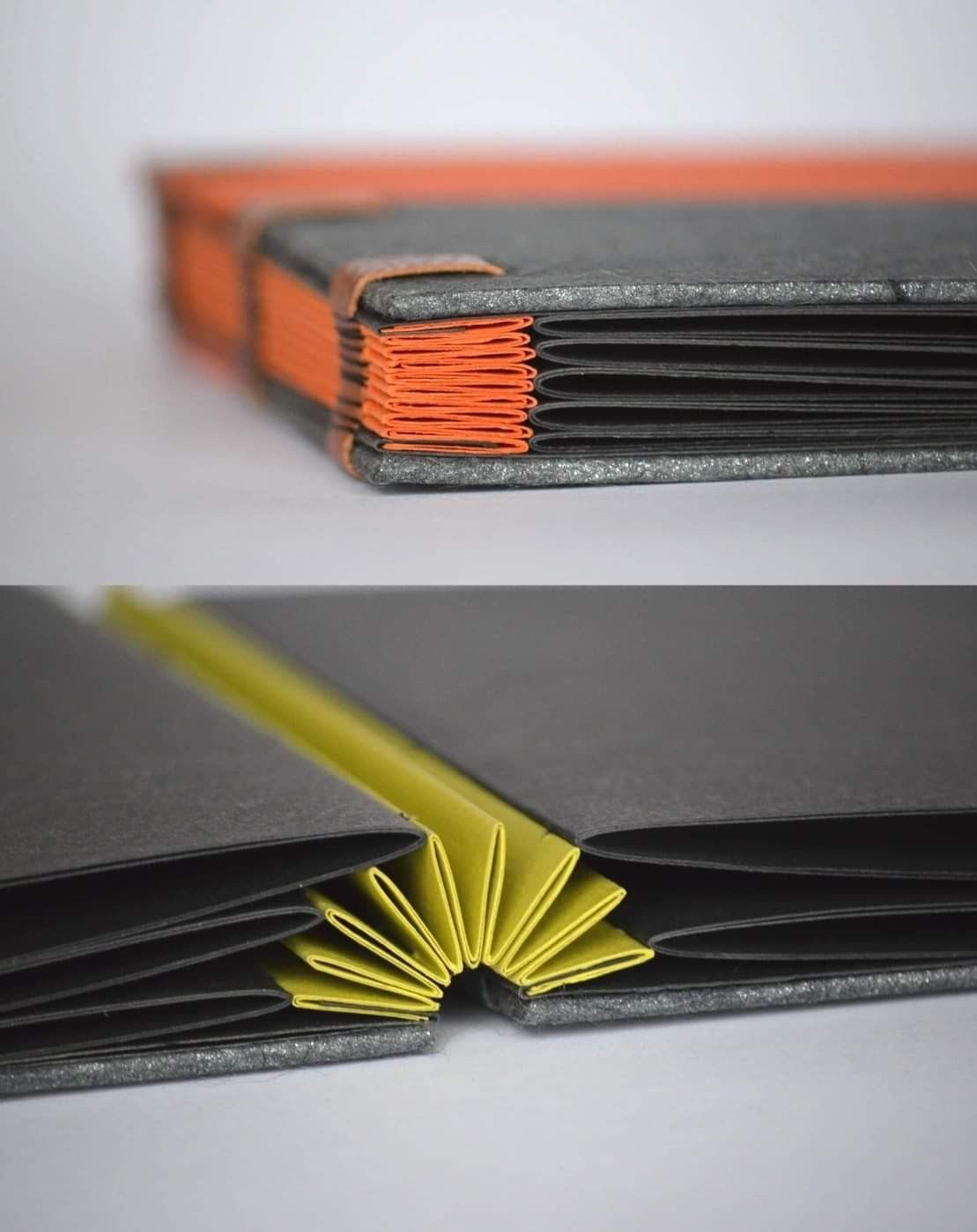
Pam Rhwymo Perffaith Yw'r Dewis Gorau ar gyfer Argraffu Llyfrau a Chylchgronau
Os ydych chi'n plymio i hunan-gyhoeddi, un o'ch prif bryderon fydd dod o hyd i opsiynau darbodus ar gyfer argraffu llyfrau
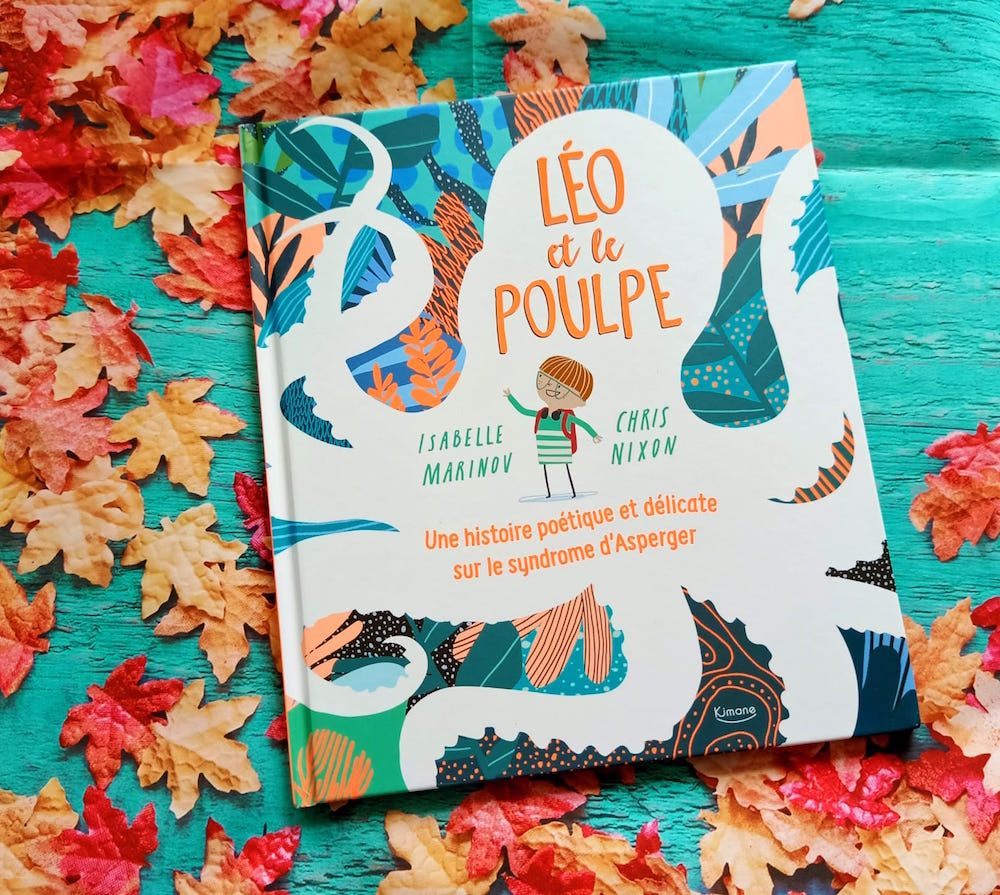
Y Ffordd Rhataf I Argraffu Llyfr Plant
Mae trawsnewid stori eich plant annwyl yn llyfr wedi'i argraffu'n hyfryd yn brofiad gwefreiddiol.

Pa Wlad Yw'r Rhataf I Argraffu Llyfrau
Os ydych chi'n plymio i hunan-gyhoeddi, un o'ch prif bryderon fydd dod o hyd i opsiynau darbodus ar gyfer argraffu llyfrau
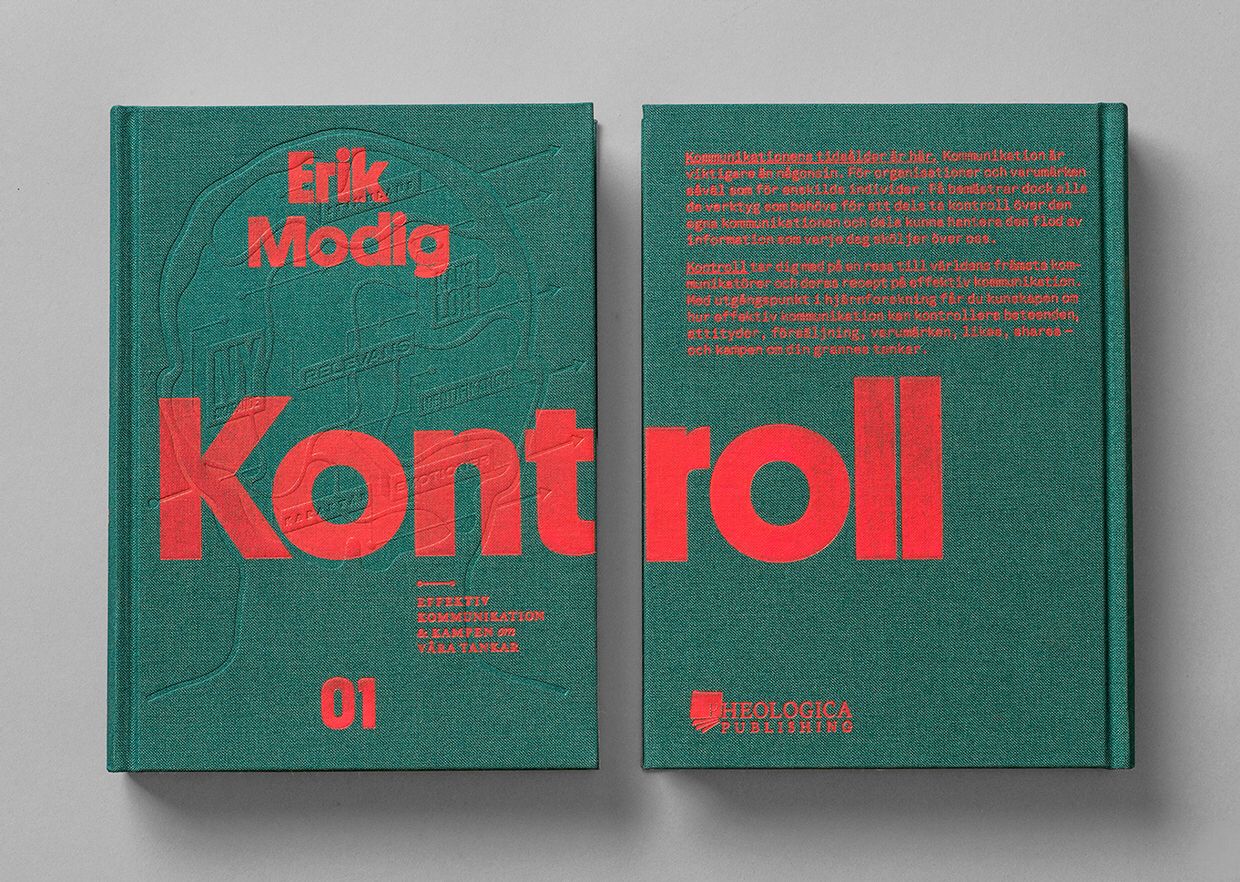
Ffyrdd Rhad o Argraffu Llyfrau o Ansawdd Uchel yn Tsieina
Os ydych chi'n plymio i hunan-gyhoeddi, un o'ch prif bryderon fydd dod o hyd i opsiynau darbodus ar gyfer argraffu llyfrau
Cysylltwch â Ni
- +86 13946584521
- info@booksprinting.net
- 8:00 - 22:00 (Llun - Sul)
Sylwadau
Blog Cysylltiedig
Dewch o hyd i'r tueddiadau diweddaraf a gwybodaeth gyffredin mewn busnes argraffu llyfrau.

Pa Gwmni sy'n Argraffu Llyfrau Comig
Mae creu llyfr comig yn llafur cariad dwys, gydag oriau di-ri yn cael eu tywallt i ddarluniau, bwrdd stori,
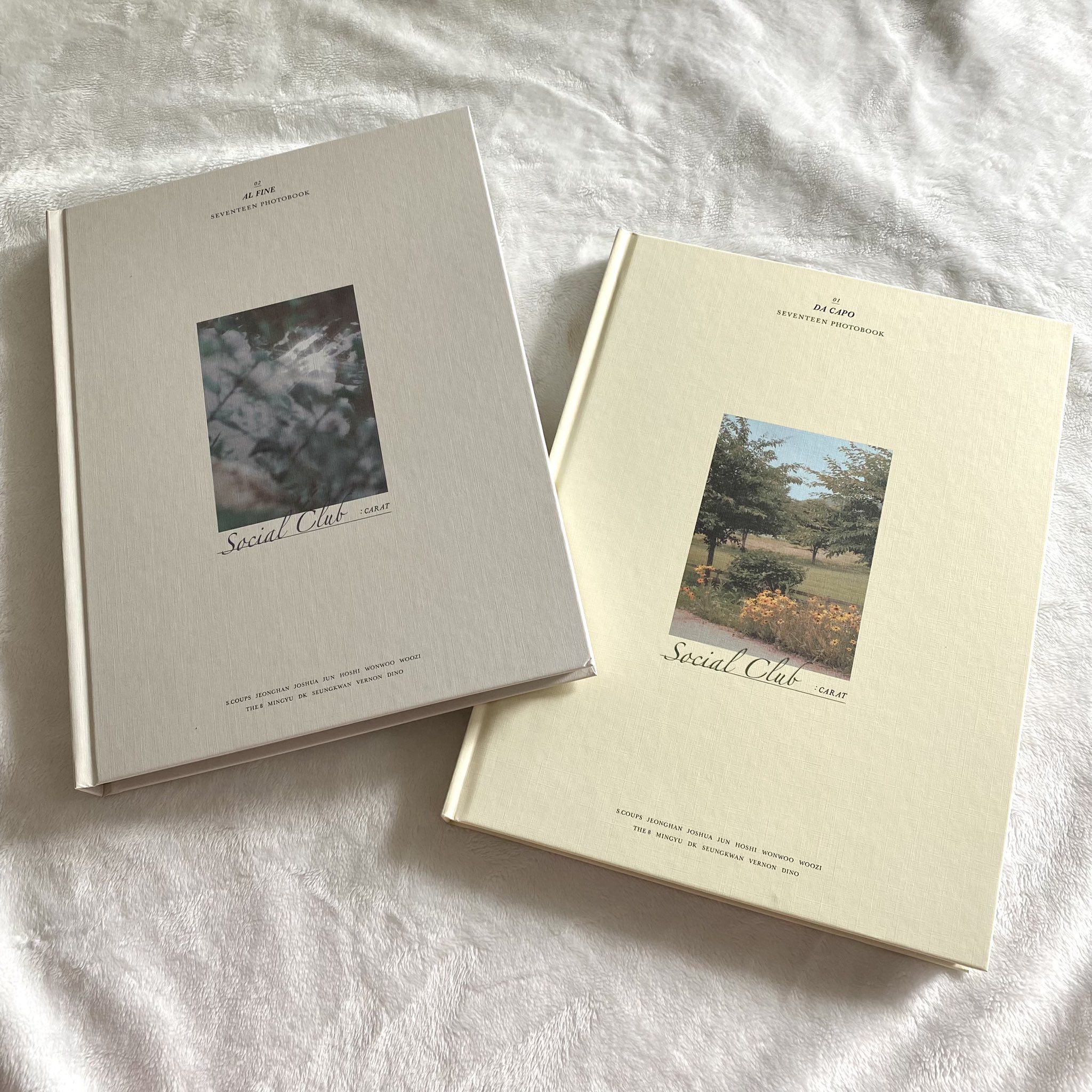
Sut y gellir lleihau cost argraffu llyfrau?
Yn ystod y blynyddoedd diwethaf, mae cost argraffu llyfrau wedi gweld gostyngiad sylweddol, diolch i ddatblygiadau mewn technolegau argraffu a dulliau cynhyrchu mwy effeithlon.
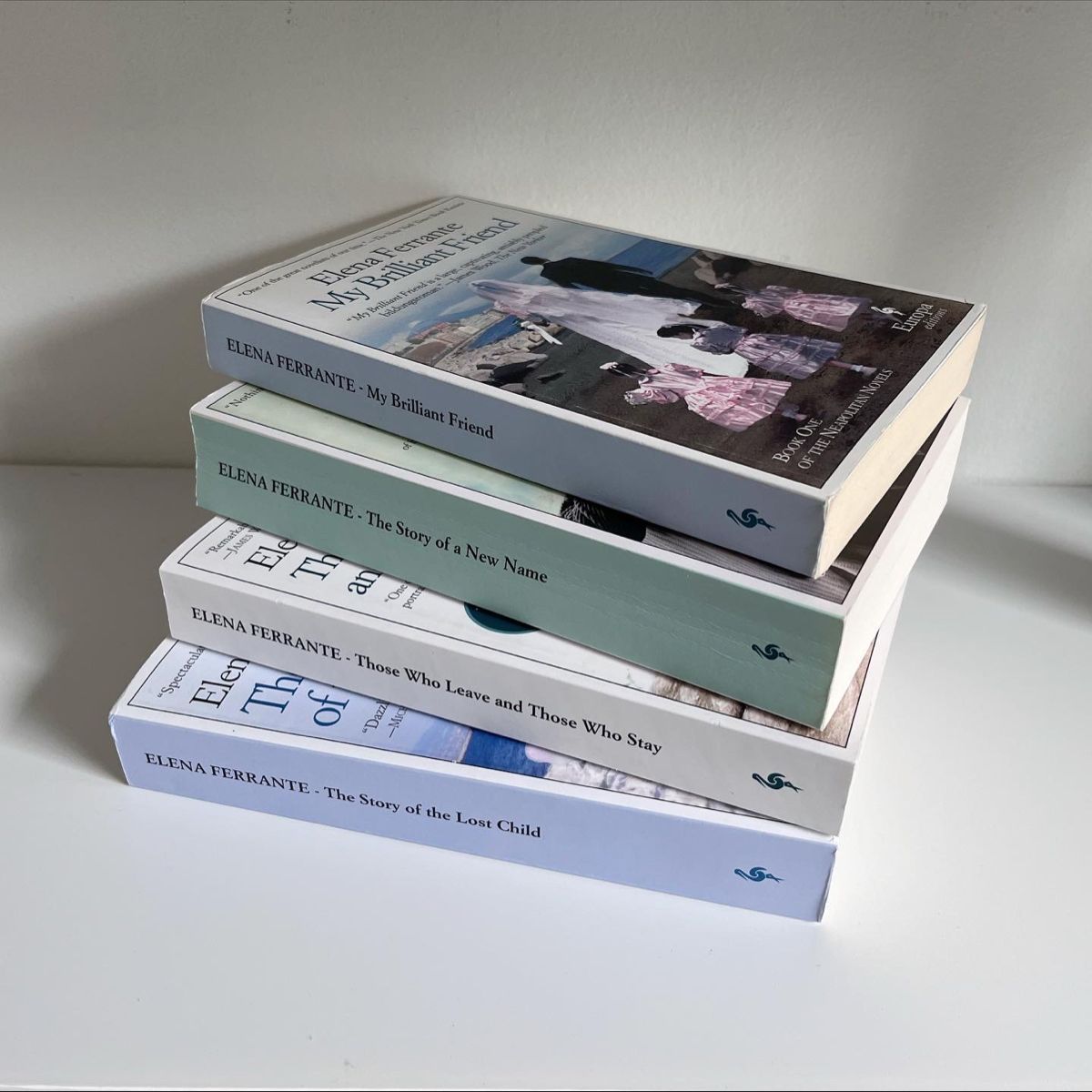
Top 5 Economical Book Binding Methods for Print Success
Os ydych chi'n plymio i hunan-gyhoeddi, un o'ch prif bryderon fydd dod o hyd i opsiynau darbodus ar gyfer argraffu llyfrau
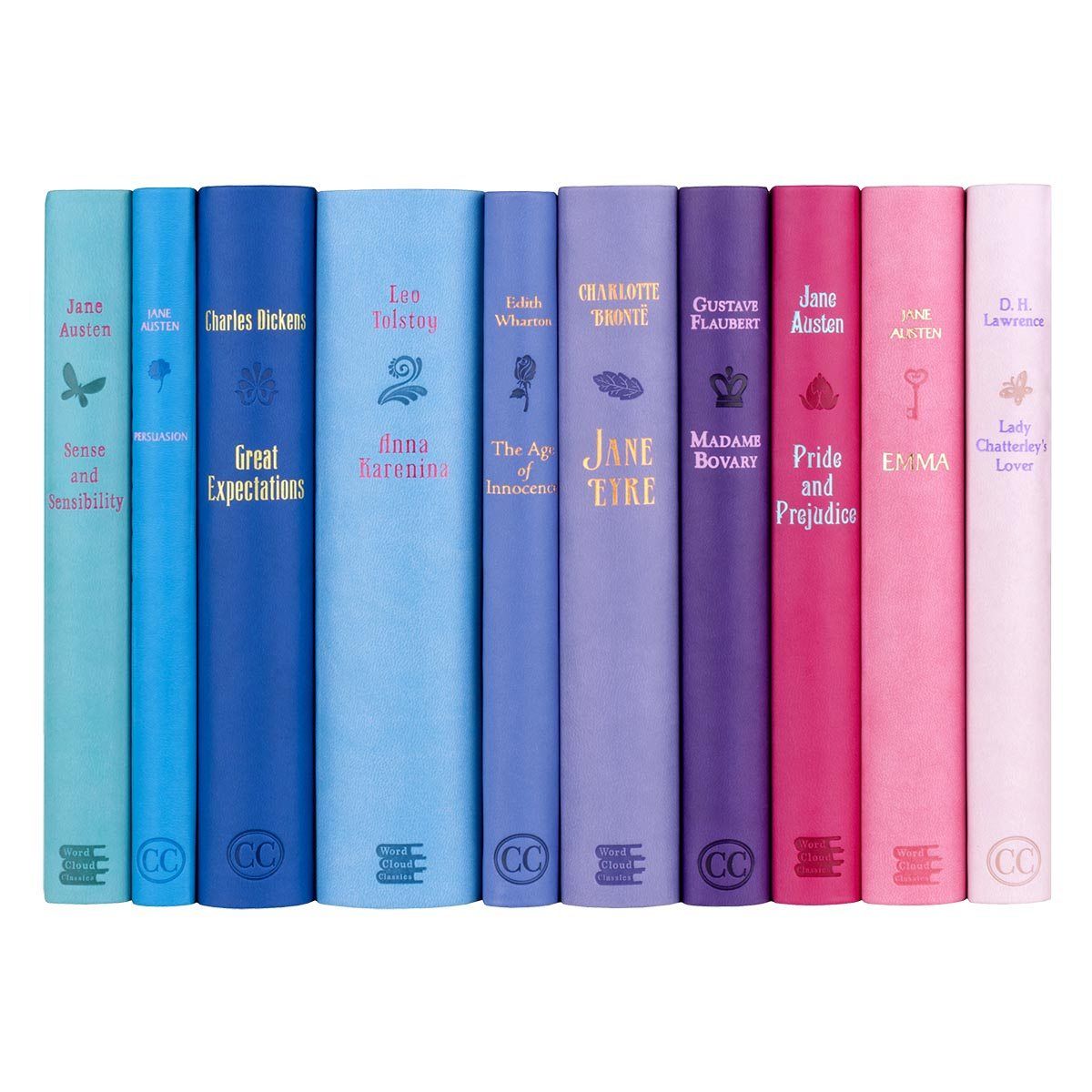
5 Manteision Mawr Gwasanaethau Argraffu Swmp I Fusnesau
Mewn amgylchedd busnes sy'n esblygu'n gyson, mae cyflawni effeithlonrwydd cost ac amser yn hanfodol er mwyn aros ar y blaen i'r gystadleuaeth

